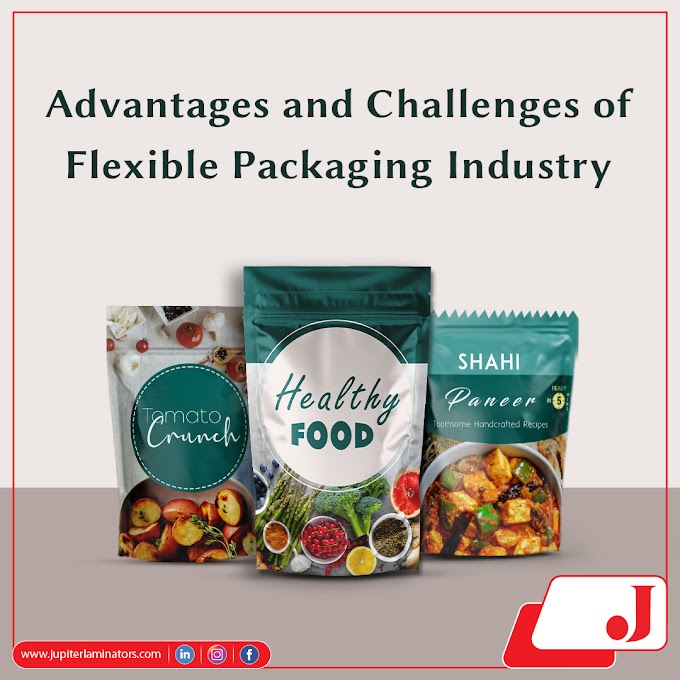When it comes to flexible packaging, flexible packages are packages whose shape can be easily manipulated or folded. In general, these materials are made from various plastic formulations, foils, cardboard, and biopolymers. Flexible packaging is rapidly replacing the more expensive and less environmentally friendly forms of rigid packaging. With a smaller carbon footprint and lower cost than their rigid counterparts, flexible packaging materials are attractive to consumers around the world.
There
are many types of flexible packaging
materials. However, the most popular variations include shrink wrap, stretch
wrap, flex bags, roll bags, poly bags, straps, and cartons.
Flexible or rigid containers
This
type of innovative packaging offers an economical alternative to conventional
rigid packaging. With only 25% of the plastic used for its rigid counterpart,
it weighs 70% less than rigid packaging. Most product owners find it easy and
affordable to ship both domestically and internationally. It also has more
design options, including the stand-up function that offers eye-catching
printing options, billboard effect marketing, great product appeal, and space
management.
Does Flexible packaging Really Protect Your Product?
Flexible
packaging
often uses a film to provide a barrier against the light (for example, the sun's
ultraviolet rays), grease, contaminants, and most importantly, moisture and
oxygen. Each of the barrier layers is specially selected based on the physical
properties of its product. When manufacturers design a high barrier, they
calculate the OTR (Oxygen Transfer Rate) and MVTR (Moisture Vapor Transmission
Rate). The OTR and MVTR determine the amount of air or moisture that is
transferred through a specific section of film/material within 24 hours. A
high rating ensures that the product can withstand a variety of stressors and
gives it storage stability.
For instance …
The
most ideal barrier packaging has extremely low OTR and MVTR that allow little
oxygen and moisture to pass through over any length of time (the film is a good
example). It protects your product from contaminants.
Biodegradable
In
the past, most of the plastic packaging material could not be decomposed.
However, scientists recently discovered a way to add an additive to polymers
used in flexible and rigid packaging to make them biodegradable. The additive
causes decomposition to begin as soon as the materials are exposed to a large
number of germs (such as in a landfill). Materials are reduced in water and
carbon. This process usually occurs 18 months after exposure. The science
behind this allows for similar barrier properties along with durability and
stability. Innovation in this field continues to grow and will be the first
choice for packaging today and in the future.
Ready to try flexible packaging?
Is
flexible packaging a viable option for your
product? Flexible packaging companies can design
packages to meet your product's temperature requirements, size recommendations,
certification standards, and barrier properties.




0 Comments